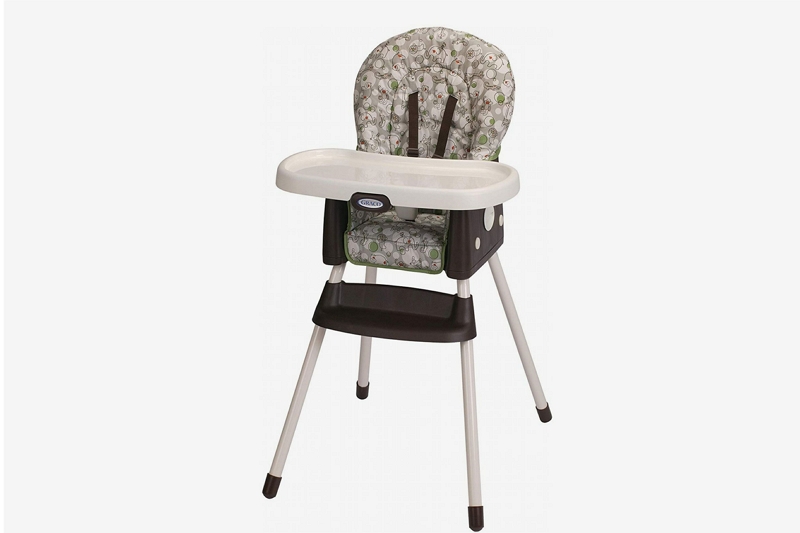When do babies use a highchair? Babies use high chairs during their first few months of life. At this point, they will be too young to sit on a regular chair and need the support that comes from these special chairs.
They also lack the muscle strength needed for feeding themselves or holding up utensils, so some babies can benefit from using an infant seat as well.

There are numerous types of tray tables available at different price points for those who want one; however, some infants do not like sitting in them and may prefer to eat with parents while being held instead (without a tray).
If you choose to go without a tray table altogether then it is important to know how your baby eats before making such choices since there is no way back injuries caused by poor eating habits later on.
When can a child sit in a backless booster?
When a child is between 40 and 80 pounds (18 to 36 kg). A child can sit in a backless booster when he or she has passed the five-step test.
The National Highway Traffic Safety Administration’s website states that they should be at least four feet nine inches tall before continuing to use just a seat belt instead of using both the lap belt and shoulder belt together.
Furthermore, if your car only has one anchor for two types of belts, then it’s not safe for them to switch over until they can pass these tests as well. A good example would be switching from an infant carrier where you have used a LATCH system or lower anchors with tether connectors, to a forward-facing seat.
In addition, they should also be at least 57 inches tall before graduating from this booster to using just the vehicle’s safety belt system without any backless boosters.
Some vehicles have different types of belts for each seating position and it is recommended that you follow whatever direction your car seat guidelines say on when children can do so safely.
Again, if there are two separate anchors for both lap and shoulder belts then nobody under the age of 13 or between 80 pounds (36 kg) and 145 pounds (66 kg) should use those lower anchors as well because it’s not safe until these weights have been reached.
It might seem like a lot but trust us it will feel more comfortable than getting into an accident where the belt doesn’t fit properly.
In short, the lower anchors should only be used for children who are under 80 pounds (36 kg) and between four feet nine inches tall to 57 inches tall. It is never recommended that a child uses a LATCH system or lower anchor with a tether connector when they have passed these tests because it would not provide any additional protection in case of a crash alone.
Furthermore, no matter what type of vehicle you drive, please read your car owner’s manual regarding installing all types of car seats including booster seats before doing so yourself.
This way you can ensure that everything will work smoothly if something were ever to happen where emergency services had to come to assist you on the scene immediately after an accident occurs while buckled up in your seat.
If you are ever in an accident or emergency services had to cut you out of a vehicle, it would be important for them to know which type of belt system is installed so they can properly and safely remove someone from the car without causing any more harm than was originally done during the crash itself.
This will also help ensure you and others remain safe until further medical attention is available afterwards as well. For this reason, we always recommend staying with LATCH systems because if anything happens where first responders need to get involved then they already know what harnesses work best with each seating position since most vehicles have two different anchors depending on whether it’s forward-facing or rear-facing seats within each row.
Should my 6-year-old be in a backless booster seat?
There are no laws in Canada regarding when a child should transition from their forward-facing car seat to a booster. Each province provides guidelines but only Nova Scotia has any clear cut rules around backless boosters versus high-backed boosters.
There is an age limit for the high-backed booster, currently set at four years old which could be adjusted up or down depending on the physical maturity and height of your child.
Does the car seat go behind the driver or passenger?
The car seat should sit behind the passenger. This keeps it out of your view and ensures that you can focus on driving instead of keeping an eye on a child in another car seat.
The safest place for children under 13 is always in the backseat, but this is especially important with babies who could be injured by being ejected from their seats if there was an accident or sudden stop.
What are the height and weight requirements for booster seats?
The height requirement for booster seats is that the child must be at least 40 inches tall. The weight requirement for a booster seat is typically between 80 and 100 pounds.
